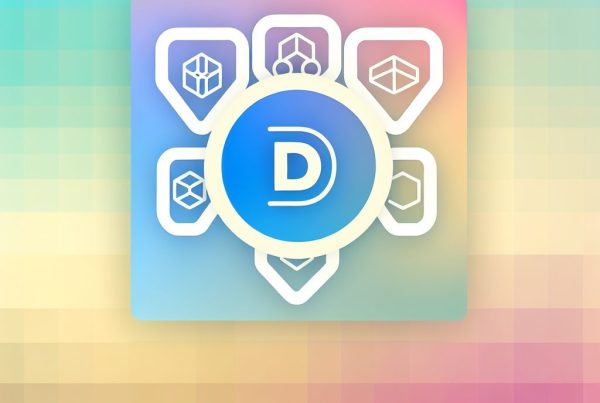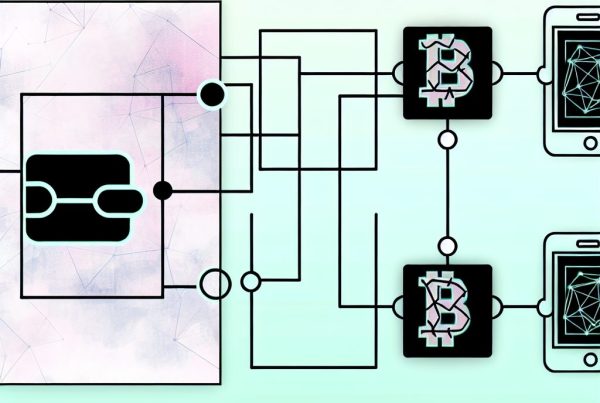Understanding Slashing in Proof-of-Stake
The cryptocurrency landscape has evolved significantly, with various consensus mechanisms emerging to secure networks and validate transactions. Among these, Proof-of-Stake (PoS) has gained prominence for its energy efficiency and scalability. However, with the benefits of PoS come certain risks, one of which is slashing. This article delves into what slashing is, why it exists, and its implications for validators and the broader blockchain ecosystem.
What is Proof-of-Stake?
Before diving into slashing, it’s essential to understand the Proof-of-Stake mechanism. Unlike Proof-of-Work (PoW), where miners compete to solve complex mathematical problems, PoS allows validators to create new blocks and confirm transactions based on the number of coins they hold and are willing to “stake” as collateral.
In PoS, validators are chosen to create new blocks based on their stake and other factors, such as the length of time they have held their coins. This method significantly reduces energy consumption and increases transaction speeds, making it an attractive alternative to PoW.
What is Slashing?
Slashing is a mechanism used in Proof-of-Stake networks to penalize validators for malicious behavior or negligence. When a validator is slashed, a portion of their staked assets is forfeited, serving as a deterrent against actions that could compromise the network’s integrity.
Slashing typically occurs in two main scenarios:
- Double Signing: This happens when a validator signs two different blocks for the same block height, indicating malicious intent or a severe error.
- Inactivity: If a validator fails to participate in the consensus process for an extended period, they may also face slashing penalties.
Why is Slashing Important?
Slashing plays a crucial role in maintaining the security and reliability of PoS networks. Here are some key reasons why slashing is important:

- Deterrent Against Malicious Behavior: By imposing financial penalties, slashing discourages validators from attempting to manipulate the network.
- Encourages Active Participation: Validators are incentivized to remain active and engaged in the network to avoid slashing penalties.
- Enhances Network Security: The threat of slashing helps to ensure that validators act in the best interest of the network, thereby enhancing overall security.
How Slashing Works
The mechanics of slashing can vary between different PoS networks, but the general process involves the following steps:
- Detection: The network monitors validator behavior to identify any instances of double signing or inactivity.
- Penalty Assessment: Once a violation is detected, the network calculates the penalty, which typically involves a percentage of the validator’s staked assets.
- Execution: The penalty is executed, and the specified amount is deducted from the validator’s stake, often distributed to other validators or the network treasury.
Real-World Examples of Slashing
Several prominent PoS networks have implemented slashing mechanisms to ensure security and integrity. Here are a few notable examples:
Ethereum 2.0
Ethereum’s transition to Proof-of-Stake with Ethereum 2.0 introduced slashing as a critical component of its consensus mechanism. Validators who double-sign blocks or remain inactive for too long face penalties that can result in the loss of a significant portion of their staked ETH. This system is designed to maintain the network’s security as it scales.
Cardano
Cardano employs a unique slashing mechanism where penalties are applied to validators who fail to produce blocks or act maliciously. The slashing process is designed to be fair and transparent, ensuring that only those who genuinely violate the network’s rules face penalties.
Tezos
In Tezos, slashing occurs when bakers (validators) engage in double signing or fail to participate in the consensus process. The penalties are designed to protect the network from malicious actors while encouraging bakers to remain active and engaged.
Implications of Slashing for Validators
For validators, understanding slashing is crucial for several reasons:
- Financial Risk: Validators must be aware of the financial risks associated with slashing, as penalties can significantly impact their earnings.
- Operational Responsibility: Validators need to maintain their nodes and ensure they are online and functioning correctly to avoid inactivity penalties.
- Reputation Management: Engaging in malicious behavior can lead to slashing, damaging a validator’s reputation and future opportunities within the network.
Best Practices to Avoid Slashing
To minimize the risk of slashing, validators should adhere to the following best practices:
- Maintain Node Uptime: Ensure that your validator node is always online and operational to avoid inactivity penalties.
- Monitor Network Activity: Regularly check for updates and changes in the network’s consensus rules to stay informed about potential risks.
- Implement Redundancy: Use backup systems and failover mechanisms to ensure continuous operation in case of hardware or software failures.
FAQs About Slashing in Proof-of-Stake
What happens if a validator is slashed?
If a validator is slashed, a portion of their staked assets is forfeited as a penalty. This serves as a deterrent against malicious behavior and helps maintain network integrity.
Can slashing be reversed?
No, slashing penalties are typically irreversible. Once a validator is slashed, the penalty is executed, and the staked assets are permanently deducted.
How can validators protect themselves from slashing?
Validators can protect themselves by maintaining high node uptime, monitoring network activity, and implementing redundancy measures to ensure continuous operation.
Is slashing unique to Proof-of-Stake?
While slashing is primarily associated with Proof-of-Stake networks, similar penalty mechanisms can exist in other consensus models, albeit under different names and structures.
Conclusion
Slashing is a vital mechanism within Proof-of-Stake networks, designed to enhance security and deter malicious behavior among validators. By understanding the implications of slashing and adhering to best practices, validators can protect their investments and contribute to the overall health of the blockchain ecosystem. As the cryptocurrency industry continues to evolve, staying informed about mechanisms like slashing will be crucial for anyone involved in PoS networks.
For the latest updates on cryptocurrency news and price tracking, consider visiting Bitrabo. Follow me on social media for more insights: X, Instagram, Threads.
Disclaimer: This article is for informational purposes only and should not be considered financial advice. Always conduct your own research before making investment decisions.
The Crypto Watchlist of the Week 🔎
Subscribe to receive expert-curated projects with real potential—plus trends, risks, and insights that matter. Get handpicked crypto projects, deep analysis & market updates delivered to you.


